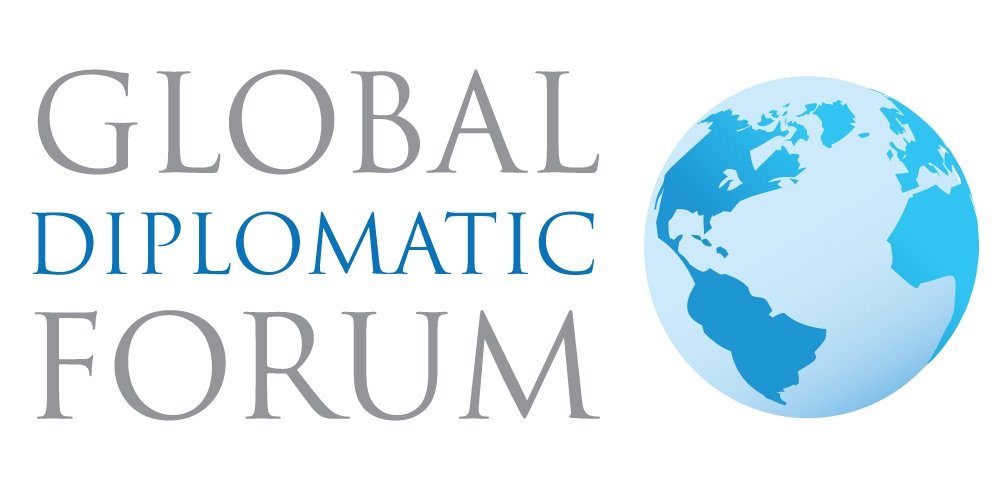AI’s Linguistic Diversity Gap: A Global Challenge and Missed Opportunity
Artificial intelligence (AI) is reshaping industries, economies, and societies, but a glaring issue persists: the lack of linguistic diversity in AI systems. While AI's language capabilities are becoming integral to sectors ranging from healthcare to education, most systems are trained on only a fraction of the world’s languages. Out of over 7,000 languages spoken globally, fewer than 100 are represented in the data used to train AI models. This narrow focus risks leaving billions of people behind, limiting their ability to fully engage with the digital economy and benefit from AI advancements.
The Growing Divide: A Language Barrier in AI
Despite the rapid proliferation of AI technologies, linguistic representation remains alarmingly skewed. Of the top 34 languages used on the internet, none are African, underscoring the exclusion of entire continents from the AI revolution. English remains the dominant language in AI training models, even though less than 20% of the global population speaks it. This "high-resource language" advantage contrasts sharply with the many “low-resource” languages that have little or no representation in AI databases.
As AI becomes increasingly integral to global systems, the exclusion of low-resource languages threatens to widen existing socio-economic divides. “It’s both a challenge and one of the greatest opportunities,” says Crystal Rugege, Managing Director of the Centre for the Fourth Industrial Revolution in Rwanda, who highlights the untapped potential of linguistically diverse AI. “We may not have applications that can interact in 1,400 dialects, but we should be able to serve the majority of our populations.”
The Consequences of Exclusion
If current trends continue, large sections of the world’s population could be excluded from participating in the digital economy. AI systems are not just technical tools but gatekeepers to resources, opportunities, and economic growth. For communities already struggling with inadequate internet access and limited digital infrastructure, the lack of linguistic diversity in AI exacerbates existing challenges, creating an even greater divide between high-resource and low-resource language communities.
Cathy Li, Head of AI, Data, and Metaverse at the World Economic Forum, warns that those already disadvantaged “will probably fall further behind.” AI models that are tailored predominantly for English and a few other widely spoken languages are missing the opportunity to empower the vast majority of global populations, especially those in low-income or rural regions.
AI’s Potential for Inclusion: Early Global Initiatives
Despite the challenges, there are emerging efforts to address AI’s linguistic gap. From India to Rwanda, countries are experimenting with AI systems that cater to a more diverse set of languages. In Rwanda, linguistically diverse AI applications are helping community health workers, who primarily speak local languages, provide critical care in remote areas. Rugege highlights a translation model that enables workers to communicate with AI in multiple languages, ensuring patients receive appropriate care even in communities where English is not spoken.
Similarly, in Senegal, AI-powered healthcare platforms are being developed to accommodate the country’s official languages, including Wolof, French, and others. As Yann LeCun, Meta’s Chief AI Scientist, notes, these initiatives demonstrate the potential of AI to bridge linguistic divides and provide critical services in underserved areas.
The Role of Open-Source AI and Global Partnerships
One of the most promising solutions to the linguistic diversity gap lies in open-source AI models. These platforms provide the opportunity for communities to develop AI systems tailored to their own languages and cultural contexts. LeCun envisions an open AI infrastructure, likening it to “Wikipedia for AI,” where local developers can create systems that address the specific needs of their populations.
Partnerships are also critical in driving linguistic diversity in AI. For example, Meta’s collaboration with the Indian government aims to develop AI models capable of understanding all 22 official languages of India, with the potential to expand to hundreds of dialects. Such initiatives highlight the importance of cross-sector cooperation in overcoming the technical and data-related challenges that have so far limited AI’s linguistic inclusivity.
Towards a More Diverse AI Future
The future of AI must be inclusive and linguistically diverse if it is to truly benefit all of humanity. Leaders at the World Economic Forum’s Sustainable Development Impact Meetings in New York emphasized that AI should serve the full spectrum of global languages, reflecting the rich linguistic and cultural diversity of the world.
AI researchers like Pascale Fung argue that building systems capable of bridging the gap between high-resource and low-resource languages is not just a technical goal but a social imperative. Fung advocates for collecting additional linguistic data to fine-tune large language models (LLMs) so they can perform at the same level as English-based models.
The Road Ahead: Challenges and Opportunities
Addressing the linguistic diversity gap in AI is an enormous task, but it also presents a transformative opportunity. Governments, tech companies, and researchers must collaborate to ensure that AI systems serve as tools for inclusivity rather than exclusion. Initiatives like the European Commission’s Alliance for Language Technologies (ALT-EDIC) and the UAE’s development of large language models like NANDA, designed for Hindi-speaking users, demonstrate that progress is possible.
AI has the potential to revolutionize sectors from healthcare to education, but only if it is accessible to all. The linguistic divide in AI must be viewed not just as a barrier but as an opportunity to reshape the digital landscape in ways that are more inclusive, equitable, and innovative.
As Meta’s Yann LeCun emphasized, “We need a high diversity of AI systems to cater to all our diverse interests, cultural norms, value systems, and languages.” Without concerted efforts to include low-resource languages, the AI revolution risks leaving billions behind. The future of AI must be as diverse as the world it aims to serve
